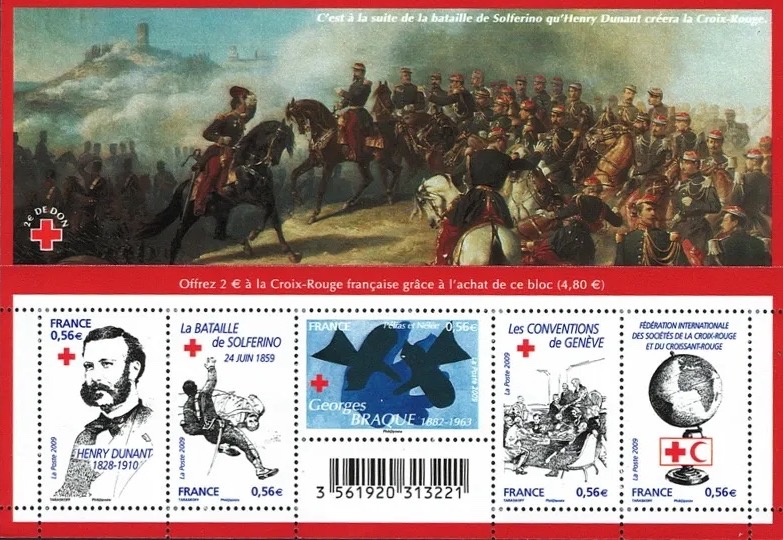
In 1859, Castiglione, an Italian town, had become a big hospital. A gruesome battle was being fought on its outskirts between France and Italy on one side and Austria on the other side. Numerous soldiers fell dead. Many of the wounded who could have survived died just because no medical attention was available to them. Their number is put at 40,000 to 50,000.
A Swiss young man named Henry Dunant who happened to witness the plight of the dying and the diseased was greatly moved with pity and could not rest until he had taken some steps towards a better understanding of the misfortune of the soldiers.
He gave a call to the people of the town to help him in organising relief for the suffering people. It speaks noble of human nature that hundreds of men and women responded to his call. Every public building in the town saw some local people nursing the wounded soldiers. These volunteers did not differentiate between one camp and another. Their sympathy and service were equally available to the soldiers of both the camps.
Dunant’s activity made a great impression on many people. In 1862 he published a book in which he recounted the horrors of wars, the humiliating condition to which the wounded soldiers are reduced, and he suggested formation of a permanent organisation which could take care of the wounded in the future wars. In 1863 a small committee was formed as a response to Dunant’s appeal. Next year several European nations sent their representatives to a convention held in Geneva where some rules and regulations regarding the treatment of the wounded in the war were formed. This convention is famous as the Geneva Convention.
Yet another convention for the same purpose was held in 1868, out of which, in 1870, was born the Red Cross Society.
The Society is an international organisation with national committees all over the world. Although it began only with wartime activities, it soon became equally active during peace time, devoting itself to the welfare of the sick and the suffering as well as the prisoners of wars. Its activities have spread into other fields of human welfare too.
The organisation’s flag has a red cross on a white base.
Chandamama, November 1979
Image: A miniature sheet (France 2009) that depicts Battle of Solferino (22-24 June 1859) and early efforts by Henry Dunant for the war wounded in the first two stamps. This experience created red-cross four years later in 1863. Geneva convention and internationalisation of red-cross is depicted in the last two stamps in the set. Courtesy https://healthinstamps.com/
Visit https://healthinstamps.com/ for more details and postage stamps on Red Cross Society and the topic of health in general.
